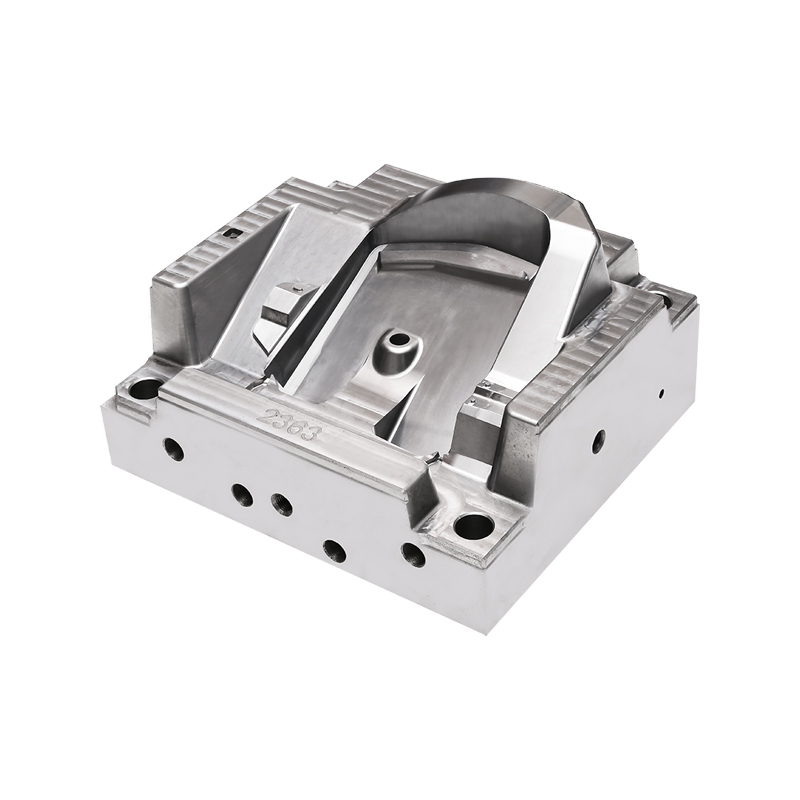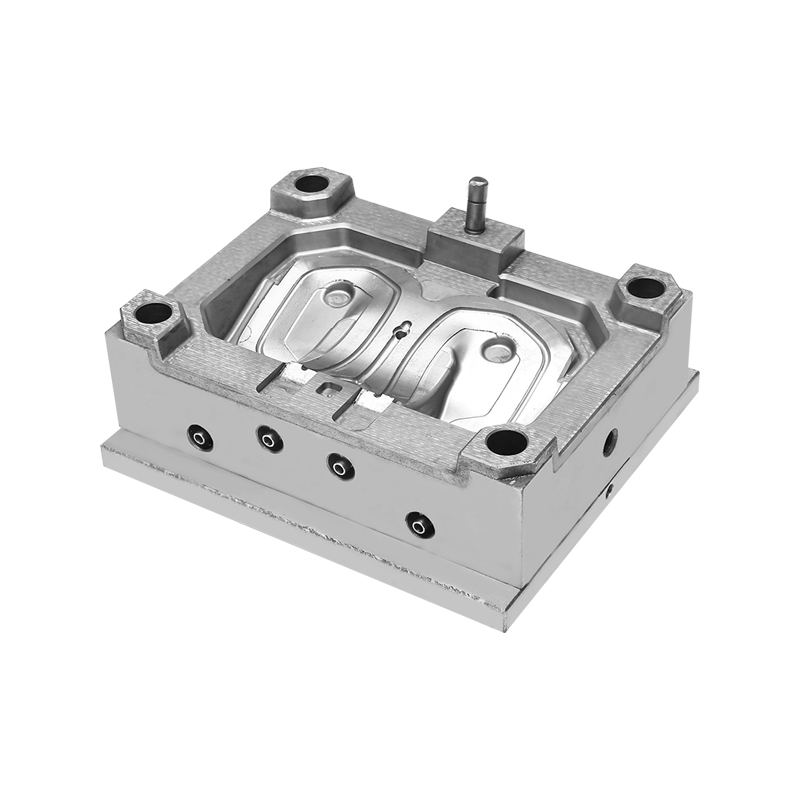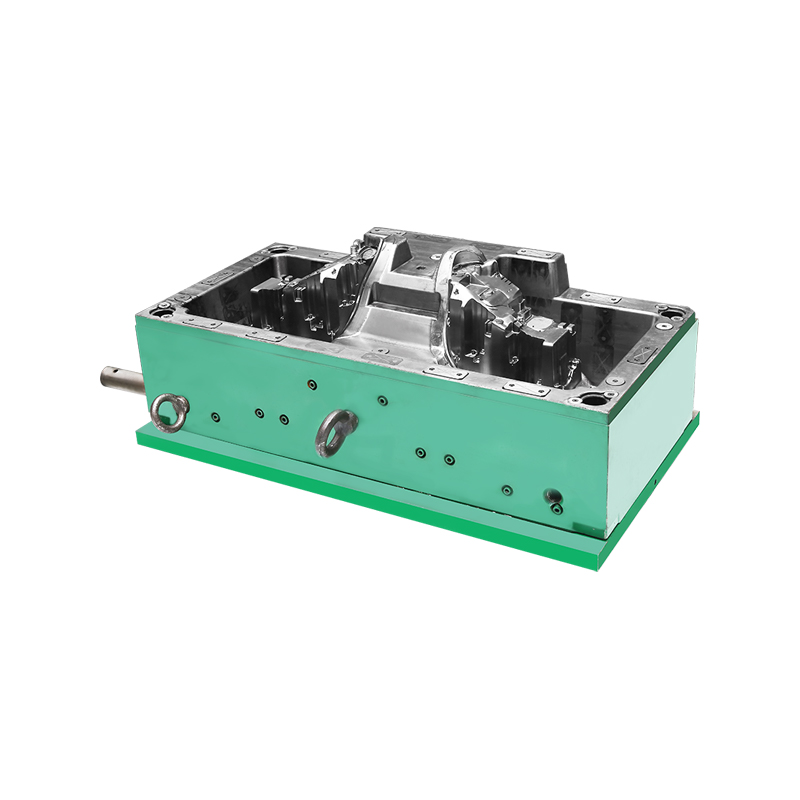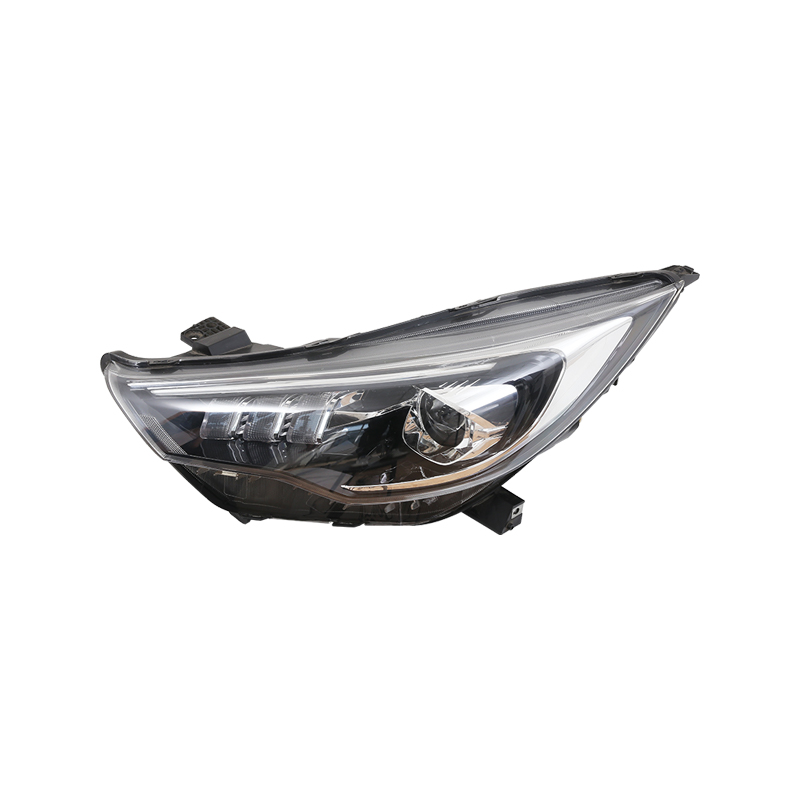The manufacturing of automotive headlights involves sophisticated techniques and precise engineering to ensure the components meet high standards of quality and durability. One critical component in this process is the Custom Auto Headlight Plastic Injection Molding Mould. This article explores the detailed process of creating these molds, emphasizing the intricate steps and considerations involved.
Design Phase
The initial phase in the creation of a Custom Auto Headlight Plastic Injection Molding Mould is the design phase. This step is crucial as it sets the foundation for the entire manufacturing process. Engineers and designers collaborate to create detailed CAD models of the mold, taking into account the specific requirements of the headlight design. These requirements include the shape, size, and material properties of the headlight components. The design must ensure that the mold will produce parts that fit with other automotive components and function effectively.
Material Selection
Choosing the right material for the Custom Auto Headlight Plastic Injection Molding Mould is vital. The material must withstand high temperatures and pressures during the injection molding process while maintaining its shape and structural integrity. Common materials used for these molds include hardened steel and aluminum. Hardened steel is preferred for its durability and resistance to wear, making it suitable for high-volume production. Aluminum, on the other hand, is lighter and easier to machine, making it a good choice for prototypes and low-volume production.
Mold Fabrication
Once the design is finalized and the material is selected, the next step is Custom Injection Molding Manufacturing Cost fabrication. This involves machining the Custom Injection Molding Manufacturing Cost from the chosen material. Precision is key in this stage, as any imperfections in the mold can bring about defects in the final headlight components. CNC (Computer Numerical Control) machines are often used to achieve the high level of accuracy required for a Custom Auto Headlight Plastic Injection Molding Mould. These machines are capable of producing intricate details and tight tolerances, ensuring the mold matches the design specifications exactly.
Polishing and Finishing
After the initial machining, the Custom Auto Headlight Plastic Injection Molding Mould undergoes a polishing and finishing process. This step is essential to ensure a smooth surface finish, which is critical for producing high-quality plastic parts. Polishing removes any rough edges and imperfections, while finishing processes such as coating or surface treatments can enhance the mold's durability and performance. A smooth, polished mold surface helps prevent defects in the molded parts, such as rough surfaces or uneven textures.
Assembly and Testing
With the Custom Injection Molding Manufacturing Cost fabricated and polished, the next step is assembly and testing. The Custom Auto Headlight Plastic Injection Molding Mould is assembled with its various components, including the core and cavity, ejector pins, and cooling channels. Once assembled, the mold is mounted on an injection molding machine for testing. During testing, the mold is subjected to various conditions to ensure it operates correctly and produces parts that meet the required specifications. This step involves injecting molten plastic into the mold and inspecting the resulting parts for any defects or issues.
Production
Upon successful testing, the Custom Auto Headlight Plastic Injection Molding Mould is ready for production. The mold is used in an injection molding machine to produce large volumes of headlight components. During this process, plastic pellets are melted and injected into the mold under high pressure. The molten plastic fills the mold cavity, taking on its shape. After cooling and solidifying, the molded part is ejected from the mold, ready for further processing or assembly.

 English
English 中文简体
中文简体 русский
русский Español
Español








